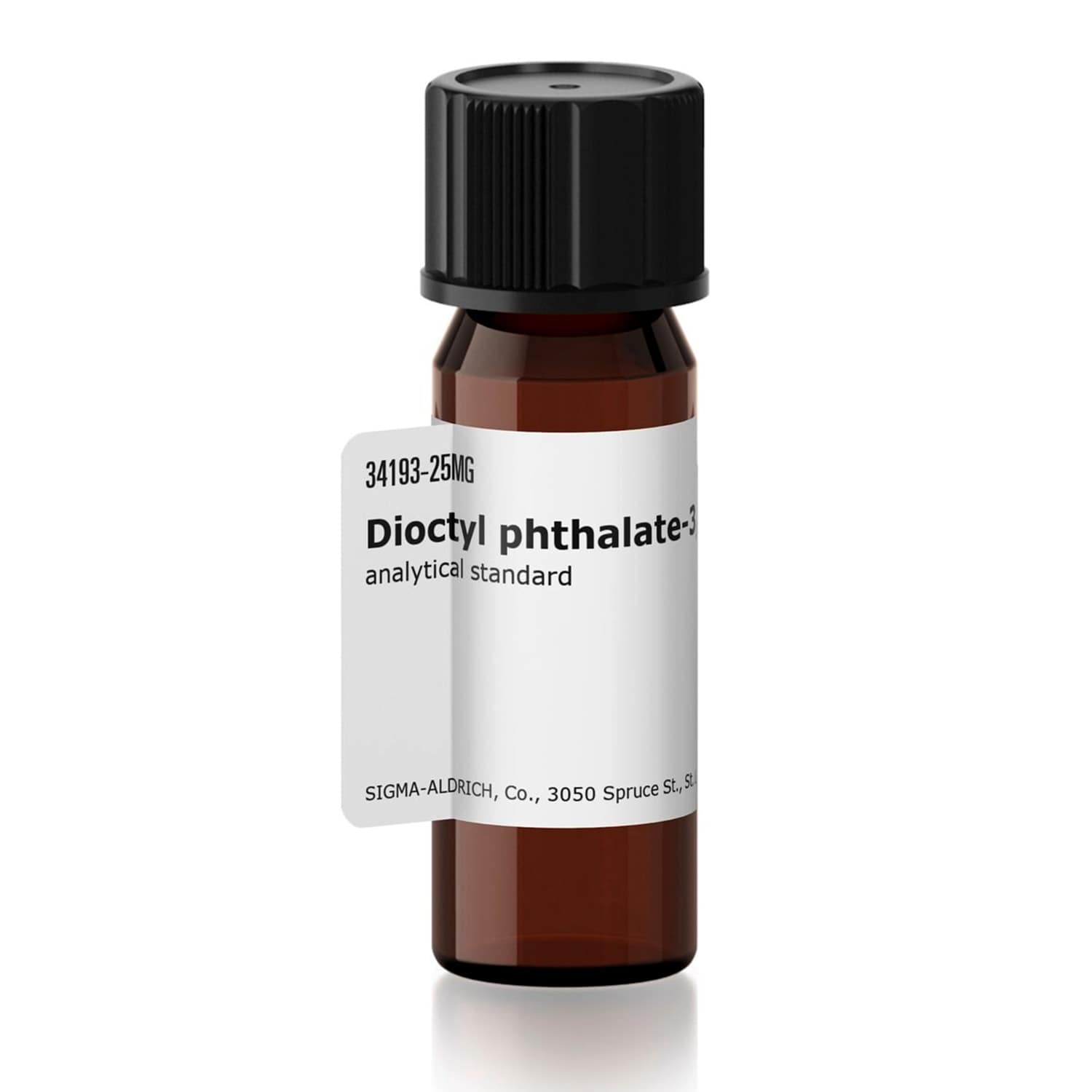- به شرکت پیشرو تجارت مهم خوش آمدید
شرکت پیشرو تجارت مهام
شرکتی پیشتاز در تولید محصولات عطری و تجارت کلیه مواد خام و ملزومات مرتبط با آنها
- شماره تماس
+98-21-52888888
تماس با ما
به پیشرو تجارت مهام ما خوش آمدید! ما همیشه آماده پیشنهادات مشتریان خود هستیم. شما می توانید در هر زمان به ما مراجعه کنید یا به سادگی یک ایمیل برای ما ارسال کنید.
کارخانه
- تلفن : +98-21-52888888
- ایمیل : info@maham-trading.com
- کد پستی : کدپستی : 1834179913
- مجتمع صنعتی شمس آباد، بلوار بهارستان، خیابان بوعلی سینا ، خیابان بهار هشتم، پلاک 6
پیام خود را بنویسید
تماس با ما
به پیشرو تجارت مهام ما خوش آمدید! ما همیشه آماده پیشنهادات مشتریان خود هستیم. شما می توانید در هر زمان به ما مراجعه کنید یا به سادگی یک ایمیل برای ما ارسال کنید.
کارخانه
- تلفن : +98-21-52888888
- ایمیل : info@maham-trading.com
- کد پستی : کدپستی : 1834179913
- مجتمع صنعتی شمس آباد، بلوار بهارستان، خیابان بوعلی سینا ، خیابان بهار هشتم، پلاک 6
پیام خود را بنویسید

شرکت پیشرو تجارت مهام
